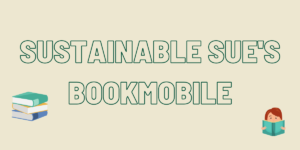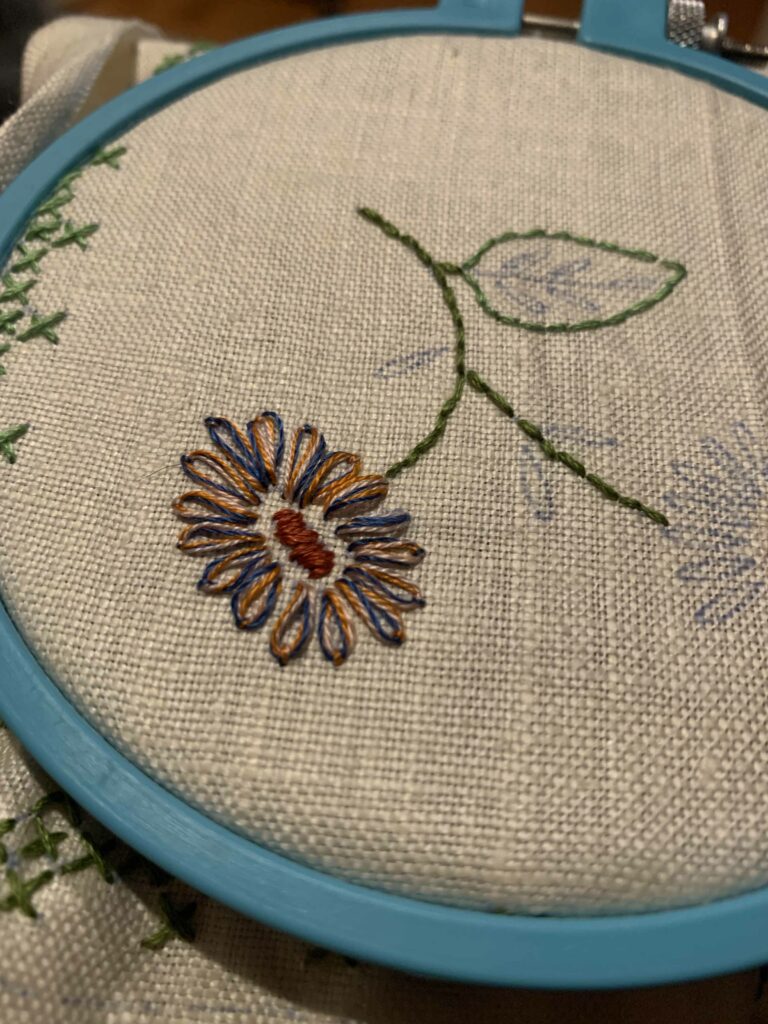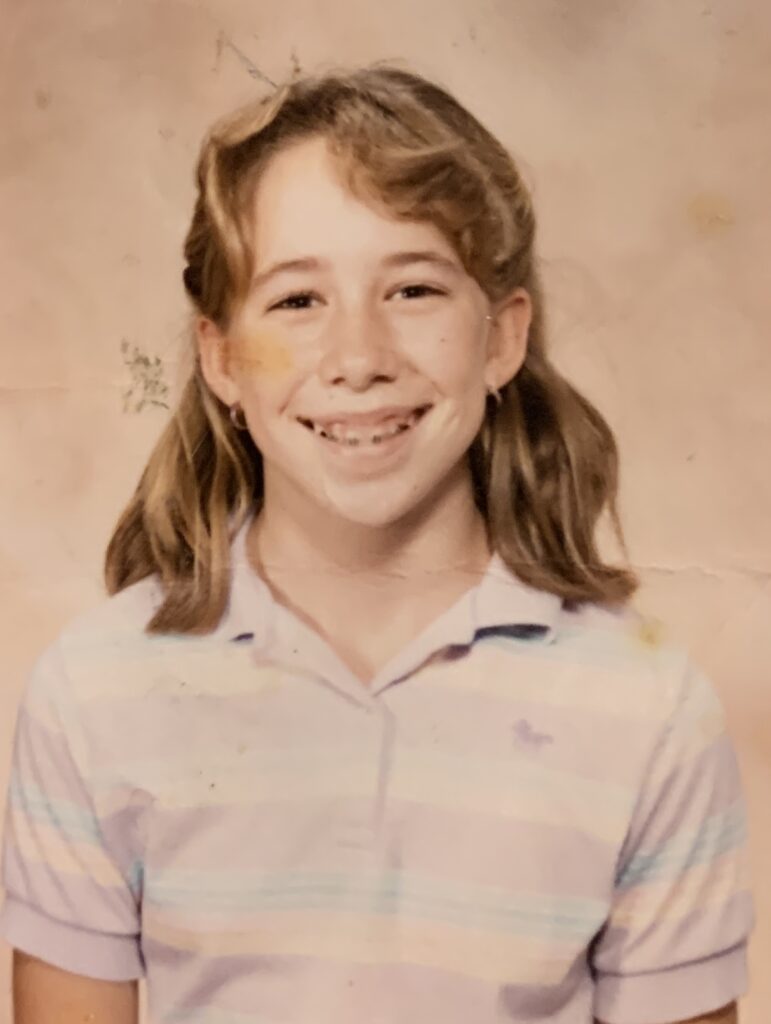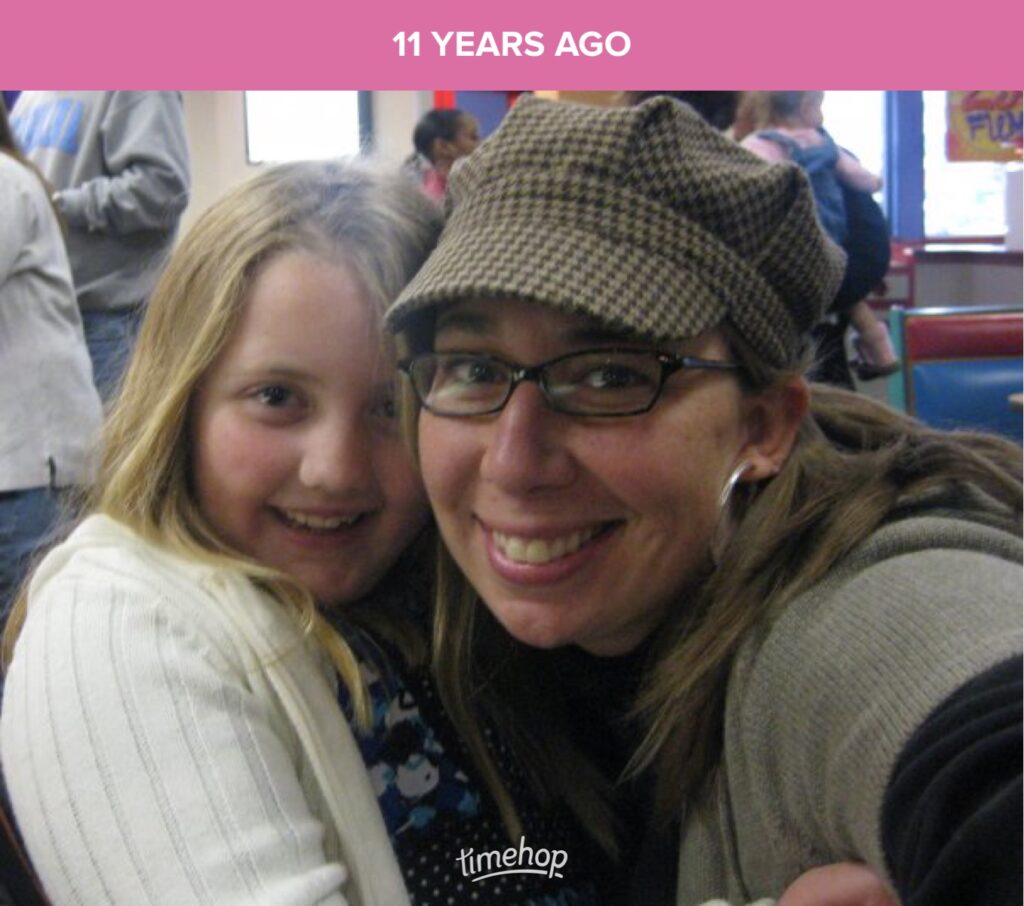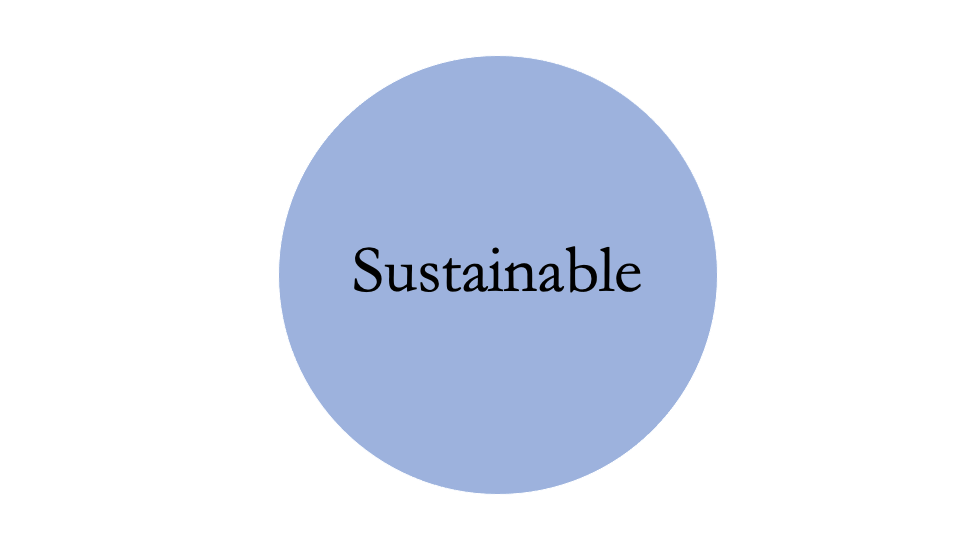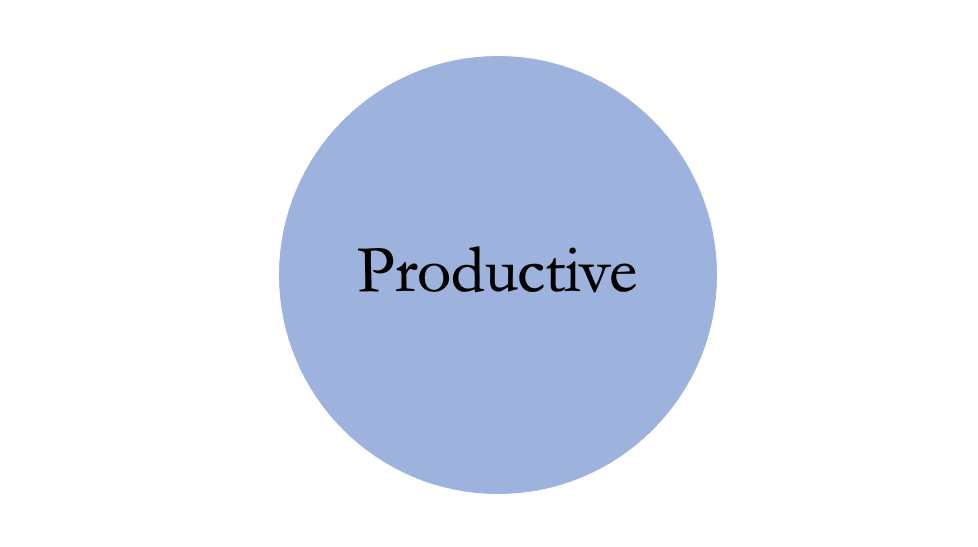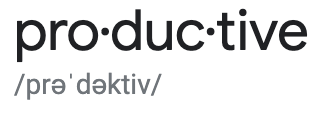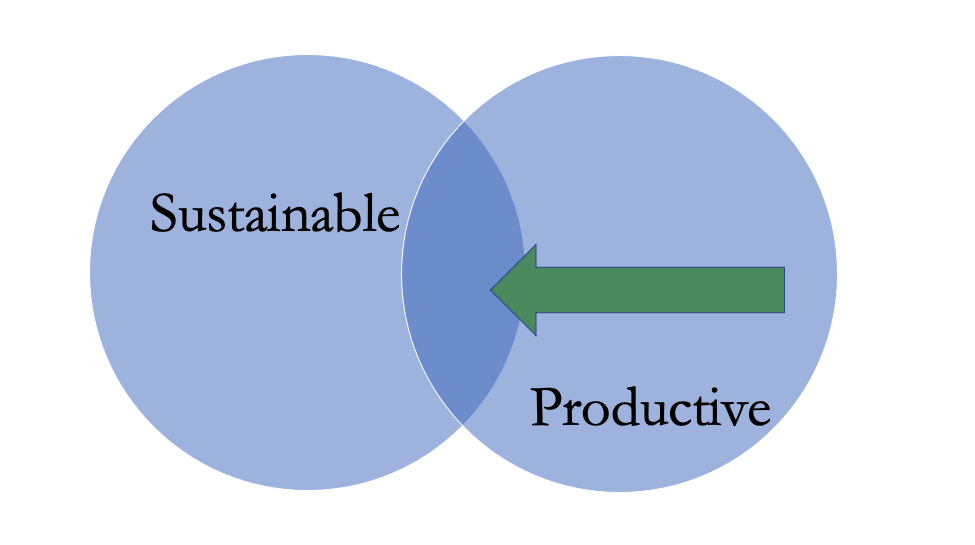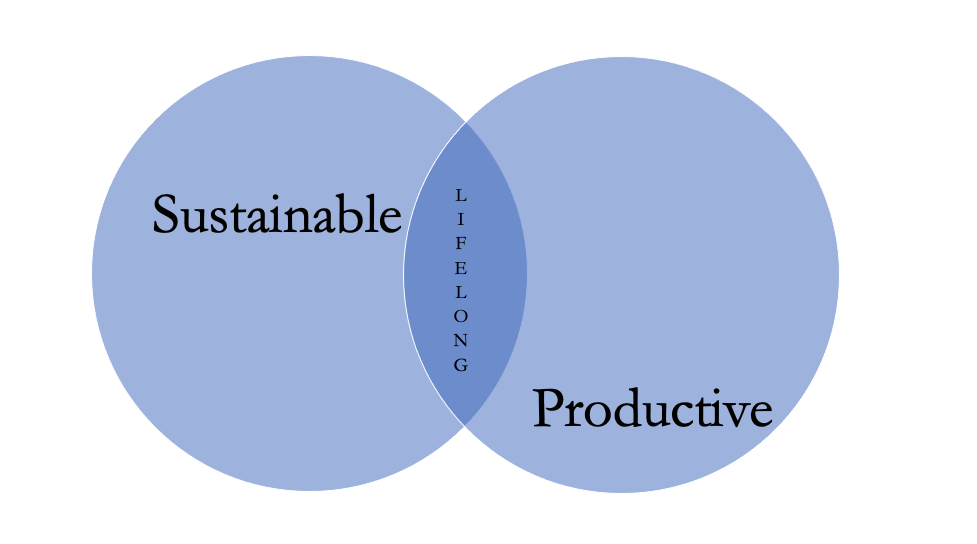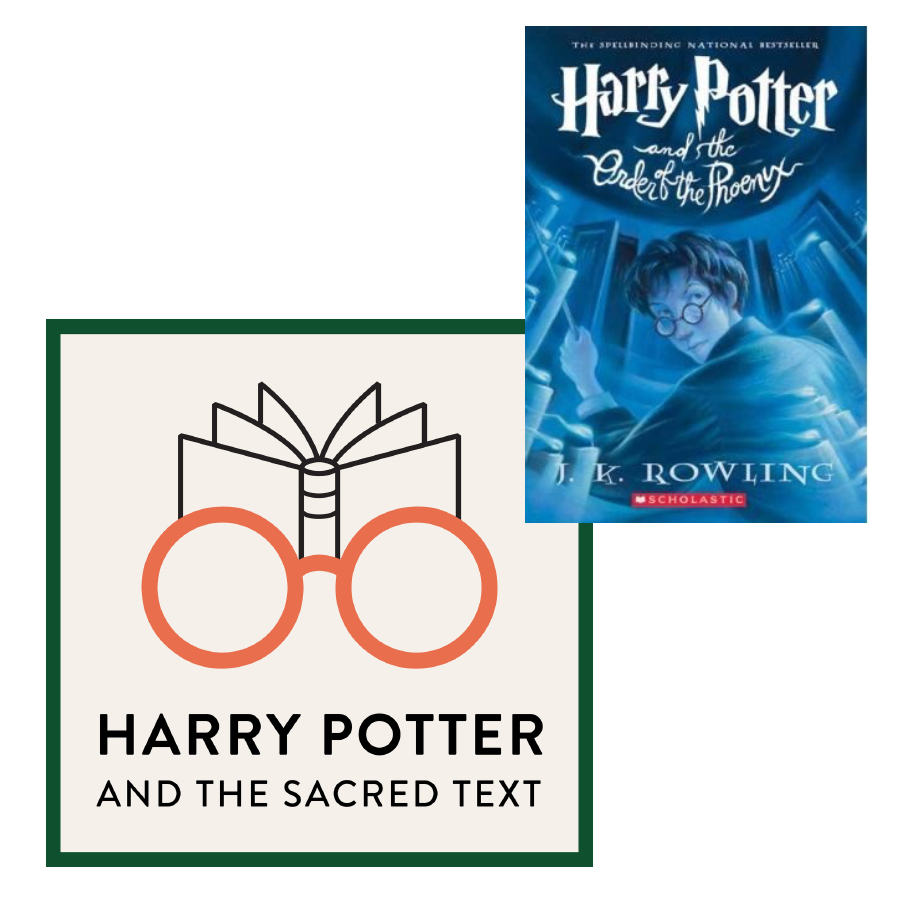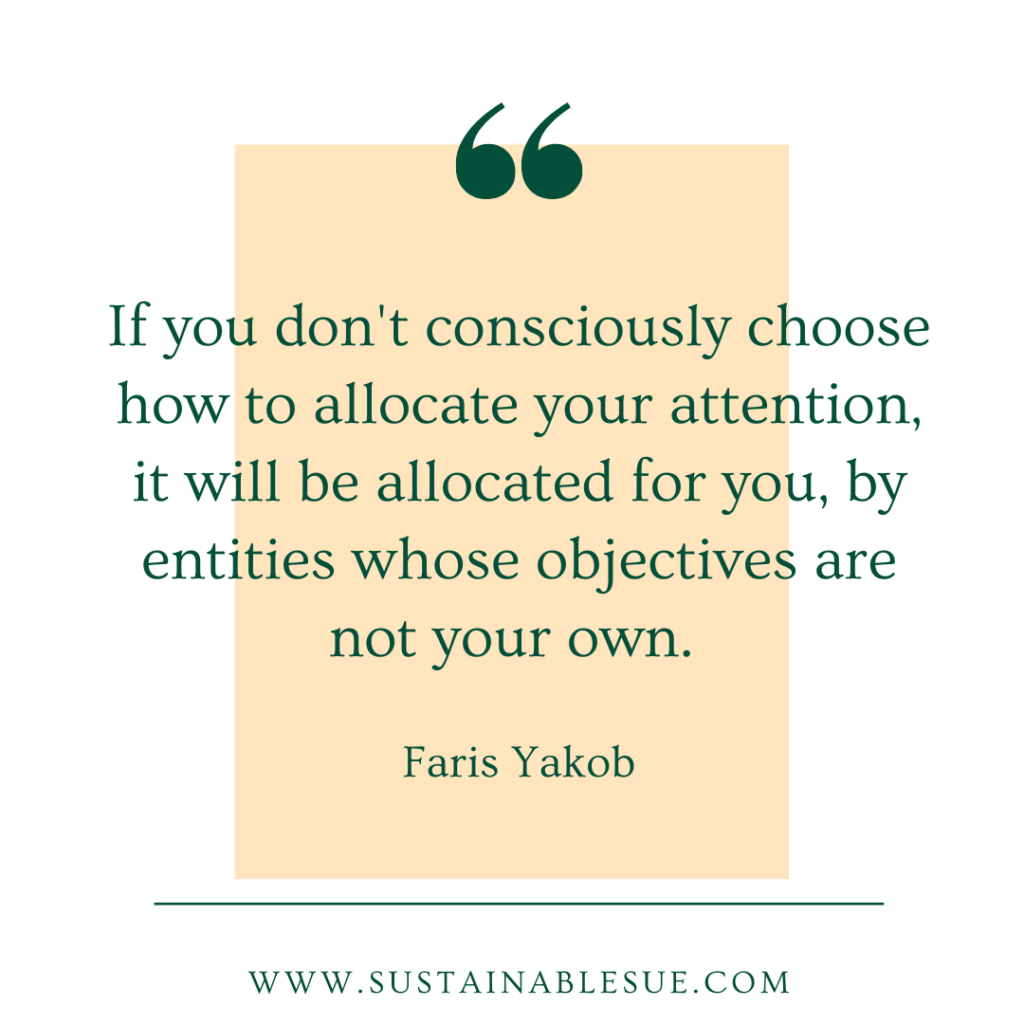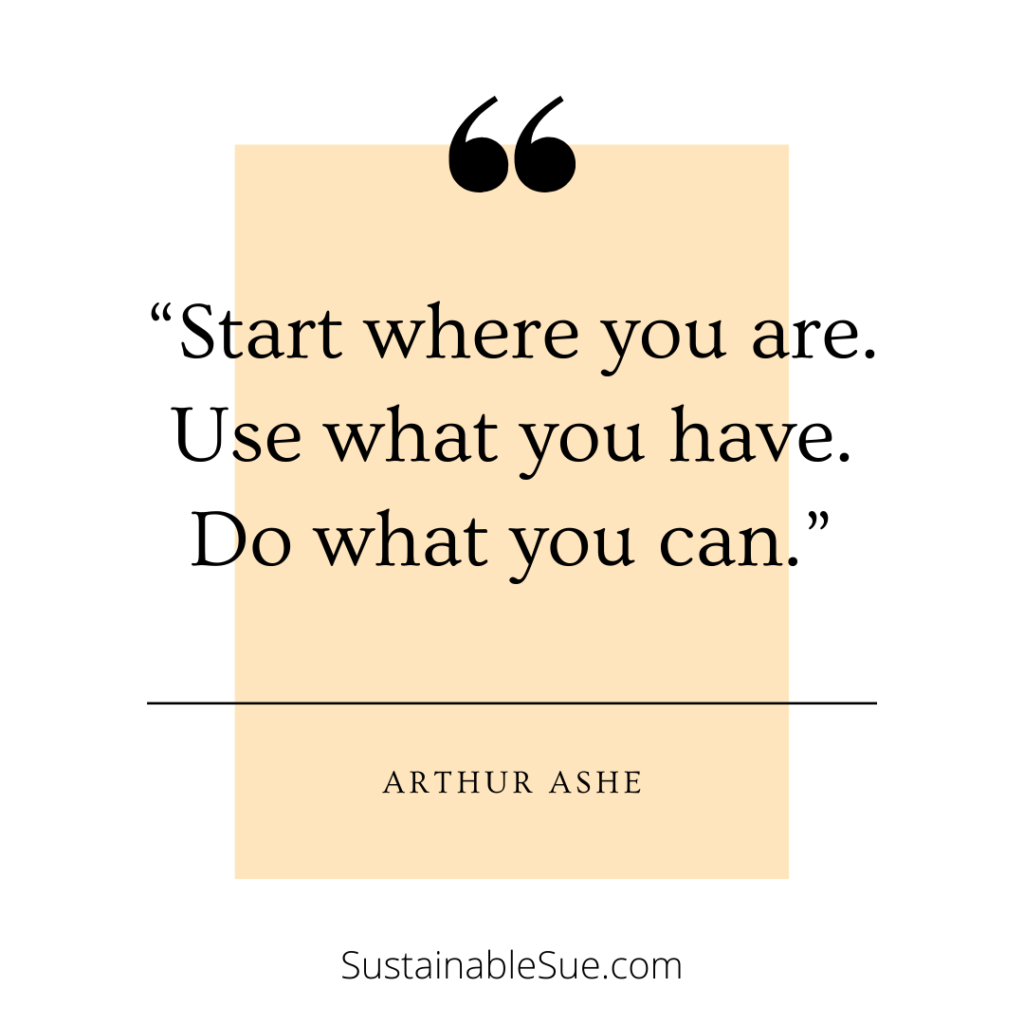3 Ways to Divide Labor and Save Time
Today I want to teach you about Sustainably Productive ways to divide labor and save time. Some time management methods say partner should own the whole process and if that works for you and your partner – great! I have not found this to be a solution in our house. If I were to own the whole “feeding the people” task, it would implode quickly. My feelings would be hurt when noses were turned up, I didn’t understand a recipe, or it generally did not turn out as planned. This would not be something I could maintain lifelong.
The other way division of labor is not Sustainably Productive is when the ball is dropped because you thought someone else was taking care of it or if you end up duplicating efforts and wasting time. It looks a lot like Lucille and her friend, Rupp trying to both play with the same stick.
Here are three things to consider as you divide labor in your life.
Do the tasks only you can do
I mean this in the most literal sense of the word. There are some things that only one person can do. Your partner might find a way around it to accomplish a finish, but it would be cost and time prohibitive to do so. Here are a few examples:
- Only a nursing mom can breastfeed the baby. Sure dad can get a bottle or use formula, but for some people this is not within their parenting strategy or budget to bottle feed.
- At work, maybe there are certain tasks only a person with a certain certification is permitted to do. A nurse for example.
- In our house only Bixby can fix the servers when there are issues. I know how to get on the server, but setup, back up, blah blah blah – that is something only he can do. Sure I could learn or hire out – but that becomes cost and time prohibitive.
How this plays into time management is that these types of tasks – the ones that only you can do – need to be the big boulders that go in the time management container first. This Stephen Covey analogy is something you can learn more about in the Sustainable You Course. By making sure you cover the big boulders first, the rest of the little things can fill in around it.
Here is how this might play out in my house. The original plan was for Bixby to mow the lawn and clean the house during my writing time before we had company later that day. But the gas can is empty so the lawn can’t get mowed and the server goes down so I cannot access my book manuscript during my designated writing time. The big boulder goes first – only Bixby can bring the server up.
That has to go first and I shift to cover some of his tasks. By the time I go to fill the gas can and clean the bathrooms, the server is back up. We high five and tag back to our assigned tasks – me to writing and him to mowing and cleaning.
Time management adjustment: Divide labor by first assigning tasks that only you can do.
Do tasks in your wheelhouse
Another way to divide labor is to identify what your wheelhouse tasks are and tackle those – and only those. I am defining wheelhouse here as the things that light you up and put wind in your sails. Tasks that are your jam. You have things that you are good at and enjoy. Don’t compare your contribution to anyone else’s. Embrace what you are good at.
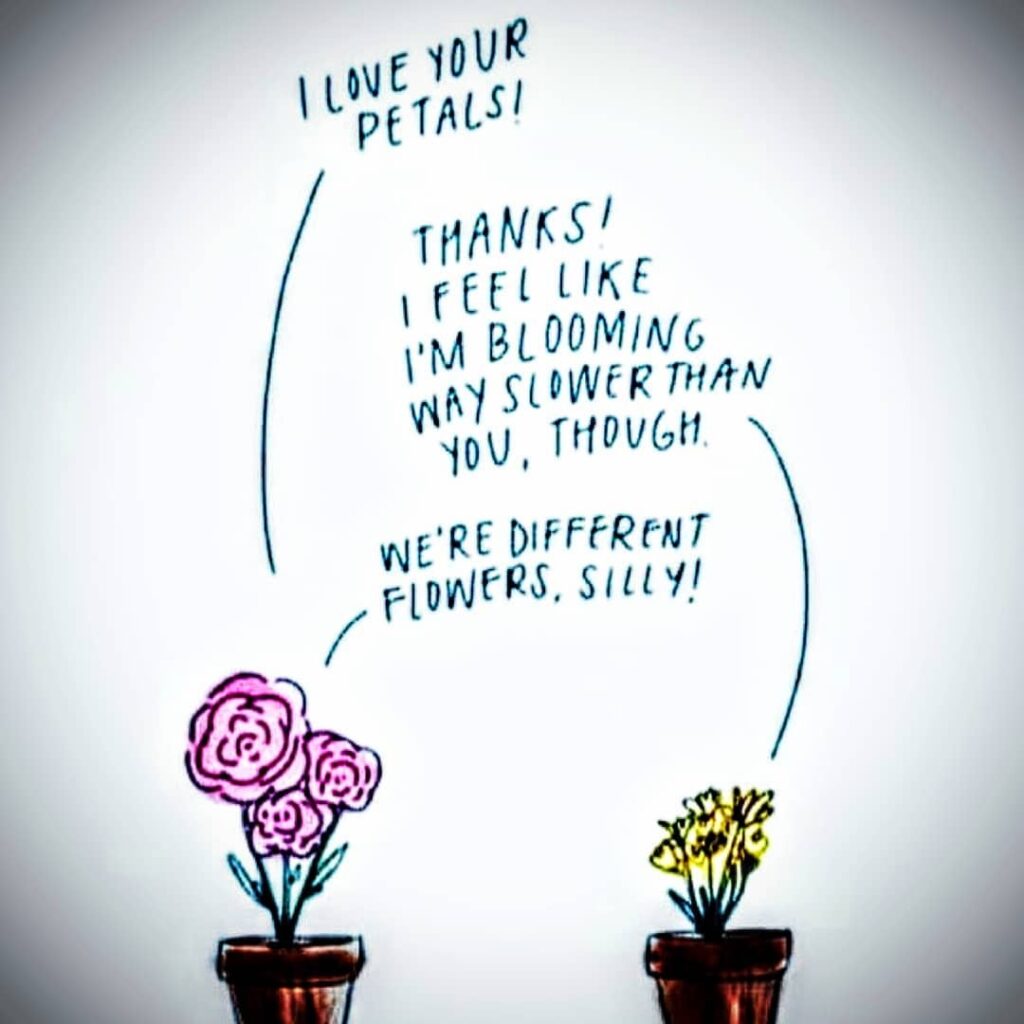
Source: Buddhist Boot Camp
Meals are a great example of this in our house. I do not enjoy cooking or any of its associated tasks – chopping, translating recipes (WTF is blanching anyway?), being patient while things cook, etc. Luckily, all of that is in Bixby’s wheelhouse. He finds it RELAXING to do all of this after a stressful day at work. Before we got married we were talking about division of labor and he said he would take on preparing all dinners as long as when he said he wanted to go out to eat, I would agree.
Ummmmm, ok?
Sounds like a dream, but let me brag about my contribution – I choose the recipes, plan which night we will have what, order the groceries online, pick them up, and clean up the kitchen after dinner. Wheelhouse. My role in the family is Supply Chain and Logistics and everything that happens before dinner falls squarely in that bucket.
Time management adjustment: Divide labor by assigning tasks that you love to do or are good at.
Do what matters to you
There is something about having a clean kitchen when I go to bed that makes me feel like the day is complete. When I was growing up, my sister and I would clean the kitchen after dinner before we started our homework.
[Let me burst your bubble if you have Walton family visions here – I have distinct memories of my dad sitting at the table drinking coffee and making me rewipe the table repeatedly because I did a terrible job. The teeth sucking and eye rolling coming from me would make you think he was asking me to wipe the color brown off of the wood. Kids are the worst.]
But when the kitchen was clean, the kitchen was closed. We moved to the dining room where the homework was done. My mom was a teacher so she was always doing school work at the same time as Sister and me. My dad would sit in the adjacent living room and read the paper. He was the designated quizzer when it came time to prove we were ready for upcoming tests.
Clearly I have strong memories of a clean kitchen signaling a transition and closing ritual. This carries over today.
Bixby could not care less. He appreciates a clean kitchen, but it is not his hill to die on. So I take it on as my task.
Time management adjustment: Divide labor by volunteering for tasks that matter to you.
Take these as considerations – not hard fast rules. They guidelines you can start to make adjustments with as you divide labor. The idea is to make the tasks work for you instead of the other way around. This is a time management principle that you can use to create a life you don’t need to escape.
Your Turn
Let me know how this is working for you. If you get stuck, come find me on Instagram to we can work together to find adjustments you can make

